
ImageGreyHorseHeadandNeckBraided The Sport Horse Research Foundation
The horse's head is heavier in proportion to the length of its neck than any other animal in the world and weighs, on average, 40 pounds. If the neck is the proper length and the head is proportionally sized to the rest of the body, it can function as a balancing aid for the horse's movement.

Bony Changes in the Equine Neck The Horse
June 1, 2006 Posted by Les Sellnow The equine head can be compared to a computer. Housed within the skull are the major components-the brain and the sense organs. In addition to functioning like.

Arabian Horse Head And Neck Royalty Free Stock Images Image 6499029
The Triadan System - b e able to assign a Triadan number for any EQUINE tooth.. Similar to small animal anatomy, this system uses 3 digits to describe the location of any tooth. The first digit is for the quadrant, beginning the numbering with the upper right and then moving clockwise (as you are looking at the horse from a rostral view): 1 is upper right, 2 is upper left, 3 is lower left.

Understanding Your Horse's Neck
The horse's weight is distributed over its haunches and forehand. Because of the heavy head and neck, the horse carries a greater amount of weight on its forehand. When in motion, the horse uses its head and neck to influence its balance. One of the key elements of dressage is improving the horse's balance. By teaching the horse to carry more.

Portrait of horse head and neck Stock Photo Alamy
The head-neck-shoulder hookups in a horse help determine his ability to flex and collect himself, and play a role in his agility and athleticism. The horse uses his head and neck for balance in a pendulum effect to counteract actions of the hind end of his body.
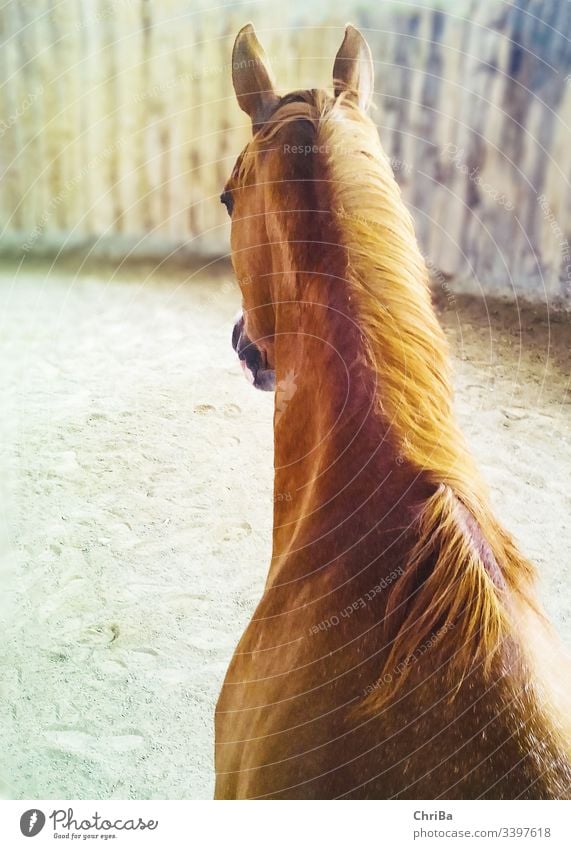
View of the head and neck of a chestnutcoloured horse from above in a roundpen a Royalty Free
The rib has a head, neck and tubercle (aka tuberculum). The tuberculum and head articulate at two different locations on the thoracic vertebrae (each of these is a synovial joint).. FIG. 18.41 Lymphatic structures of the head and neck of the horse (schematic). 1, Mandibular lymph nodes; 2, parotid lymph nodes; 3, medial retropharyngeal lymph.

A horse, head and neck Stock Photo Alamy
Introduction Equine anatomy refers to the gross and microscopic anatomy of horses and other equids (donkeys, and zebras). This page introduces the Anatomy of Equine Spine and Head. + This is a course page funded by Plus online learning
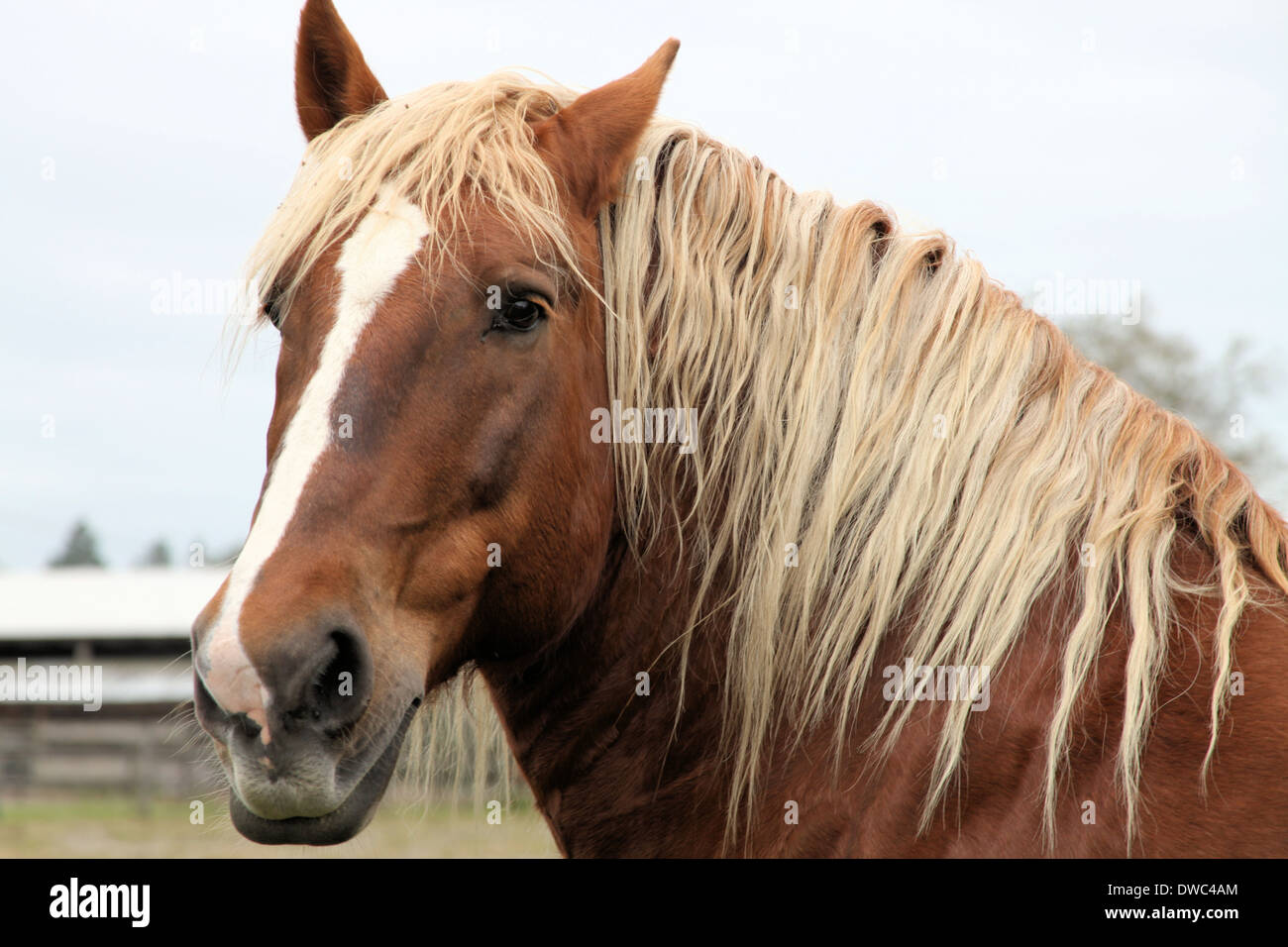
HORSE HEAD AND NECK Stock Photo Alamy
The horse´s head is elongated and very heavy compared to the rest of his body and is inserted at the top of the neck, which is long and very flexible. The horse´s neck acts like a lever connecting the head to the body. So the horse balances itself using its neck and head.

White Horse Head and Neck Profile in Summer Day, Detail Stock Image Image of gallop, detail
The horse's head and neck weigh close to 10% of their total bodyweight². Horses (and many other herbivores) have developed an energy efficient system, which helps them to passively maintain an elevated head position, both when standing still and in motion. Anatomy of the neck . A basic understanding of the anatomy of the neck is essential.

Horse neck muscles Diagram Quizlet
One of the ways we teach horses to be soft in the head and neck is with lateral flexion. We first introduce lateral flexion to the horse in the Fundamentals Series with the groundwork exercise Flexing the Head and Neck. Teaching the horse to flex on the ground first makes teaching him the same concept under saddle much easier.
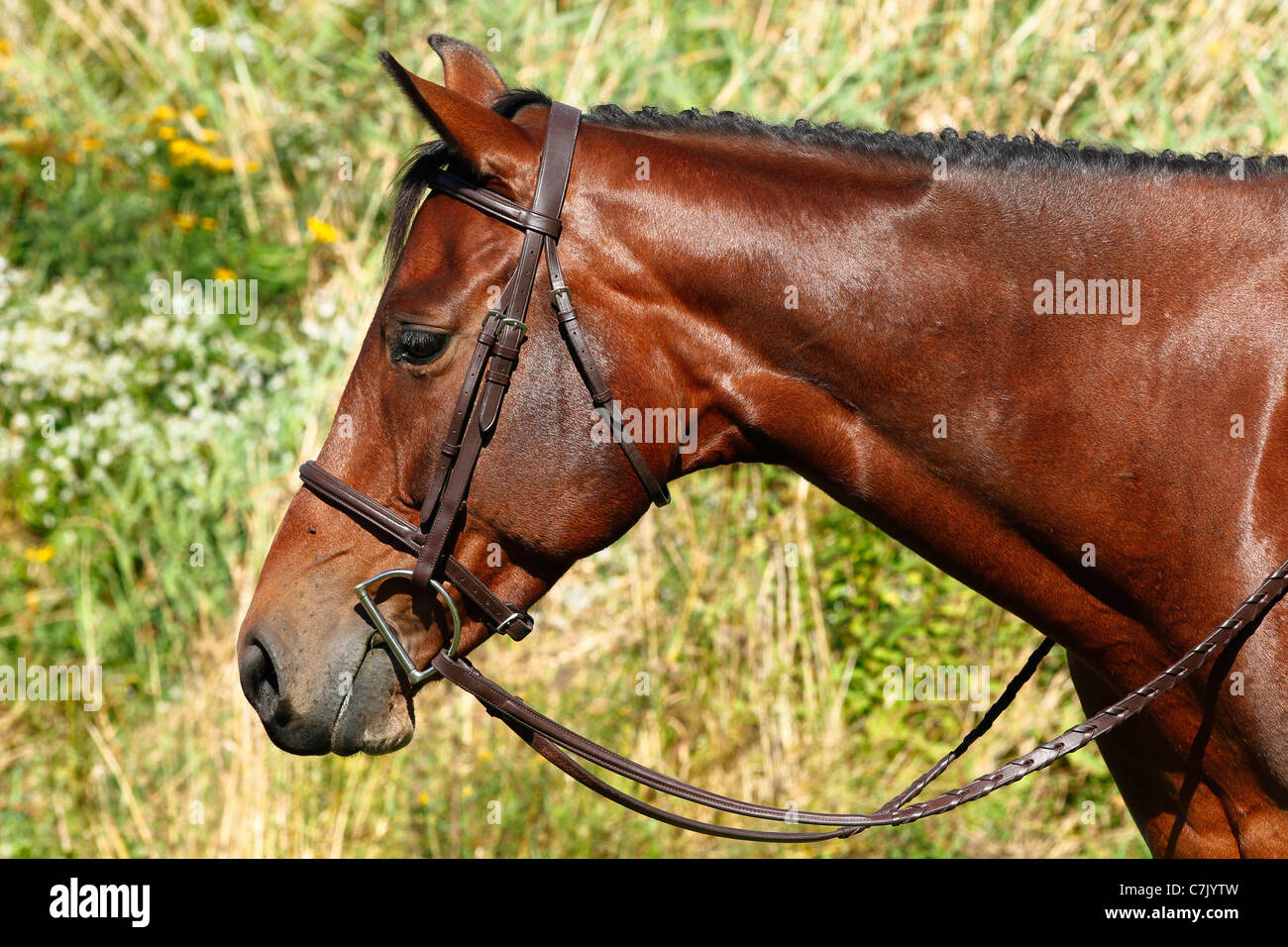
Head and neck of a shiny bay thoroughbred horse wearing bridle and with braided mane Stock Photo
There are 7 cervical vertebrae in the horse's neck and from each there are cervical nerves serving the peripheral musculoskeletal system. The lower cervical nerves join the brachial plexus which also contains the nerves of the forelimbs, which explain why issues in the neck also effect the motion of the forelimbs.
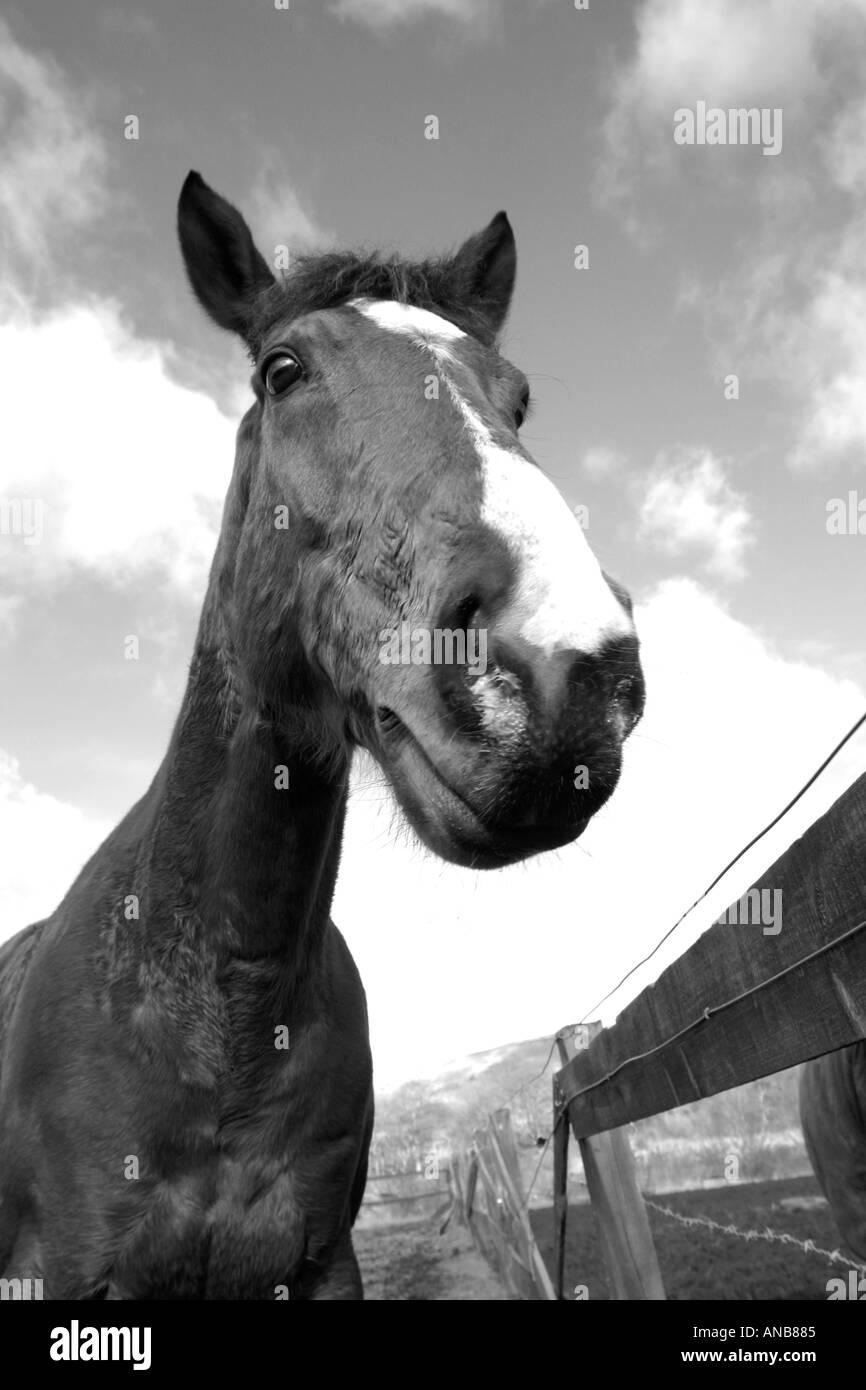
Horse head and neck close up Stock Photo Alamy
Jaw (jowl) - Underside of the horse's head including the large rounded area where the horse's head meets the neck. Ears - The external area of the ears sits on top of the horse's head and can swivel to locate and pick up sound. This area is an important indicator of a horse's body language and behavior.
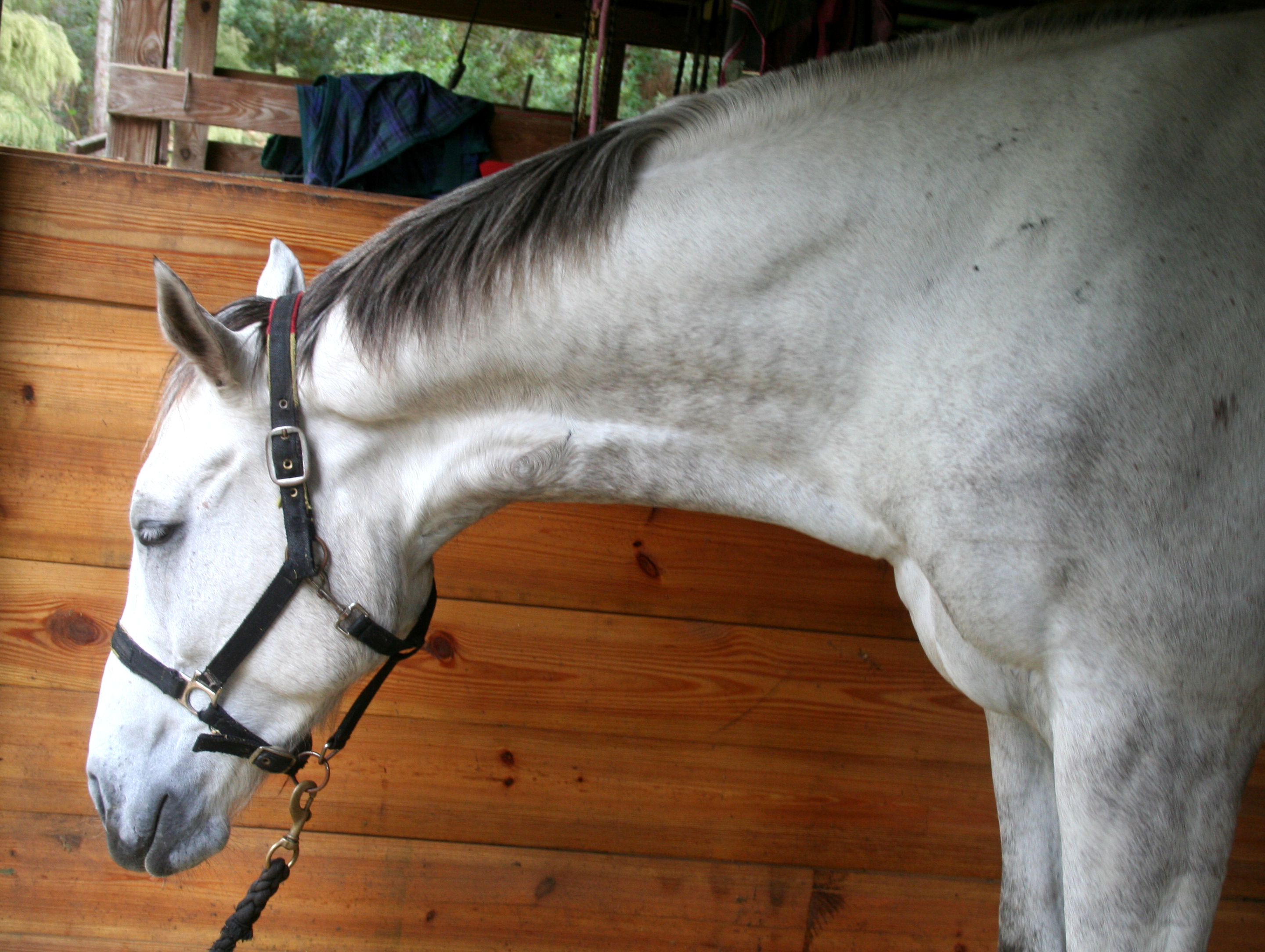
Stretching and Relaxation
Head Generally, a horse's neck should be one and a half times the length of the head, where: Head length is measured from the front of the muzzle to the top of the poll Neck length is measured from the poll to the mid-shoulder Having these traits provides a balanced head and neck.
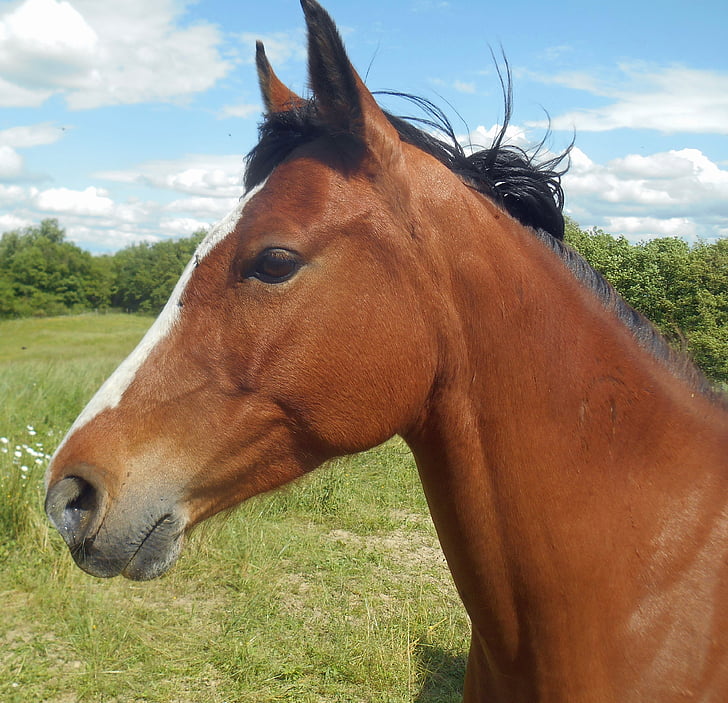
Free photo horse, head, equine, horses, arabic, horse head, horse breeding Hippopx
It helps to support the horse's heavy head and neck, and allows them to be raised and lowered. The joints between the other cervical vertebrae enable the horse to stretch the neck downwards, bend it sideways and arch it. This allows the horse to graze and to move its head towards strange sounds or sights which may indicate danger.

Vitals & Anatomy Horse Side Vet Guide
The neck and head are raised when the hind feet touch the ground and push the horse forward. To counterbalance the hindquarters lifting, the neck and head of the horse are raised as the hind feet touch the ground. This allows the hind legs to come forward for another step.
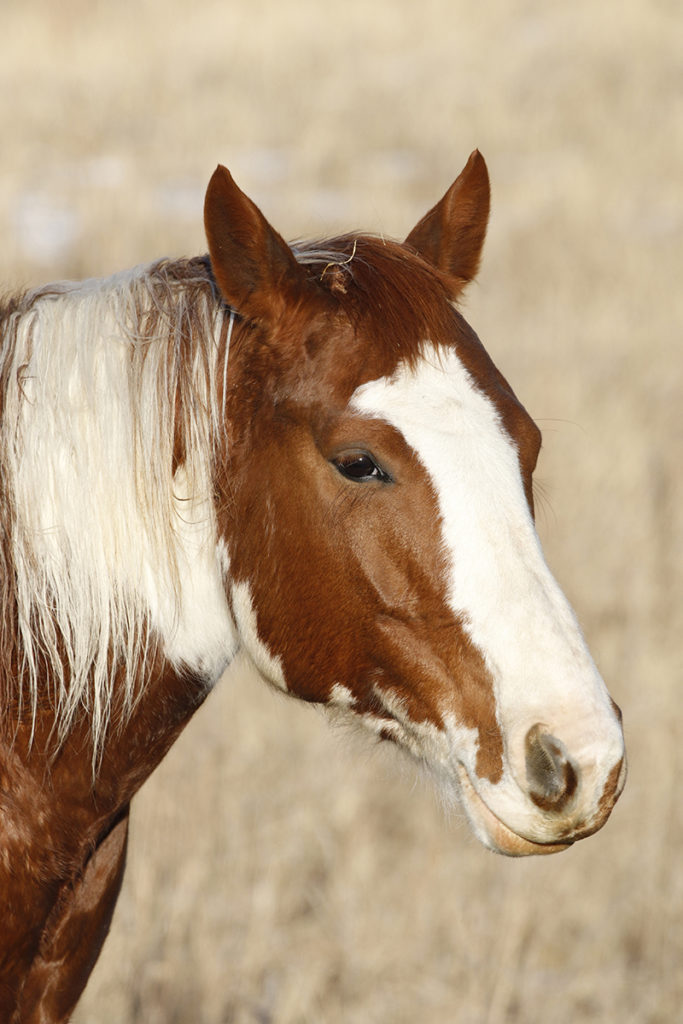
Horse head Thru Our Eyes Photography Linton Wildlife Photos
This special report on anatomy and physiology provides an overview of the horse's head and neck along with the ears, eyes, mouth, teeth and upper respiratory tract. Written by: Les Sellnow.